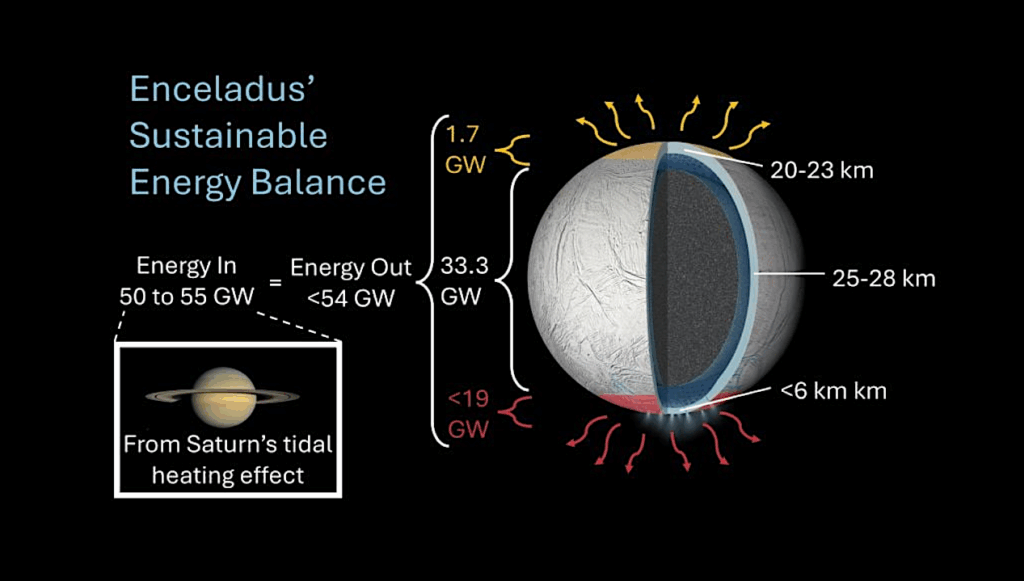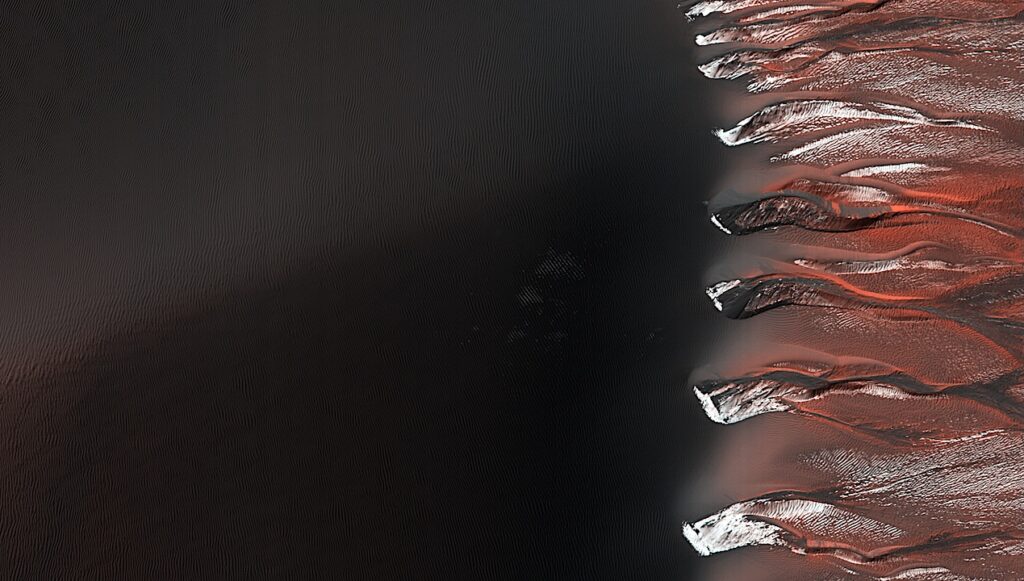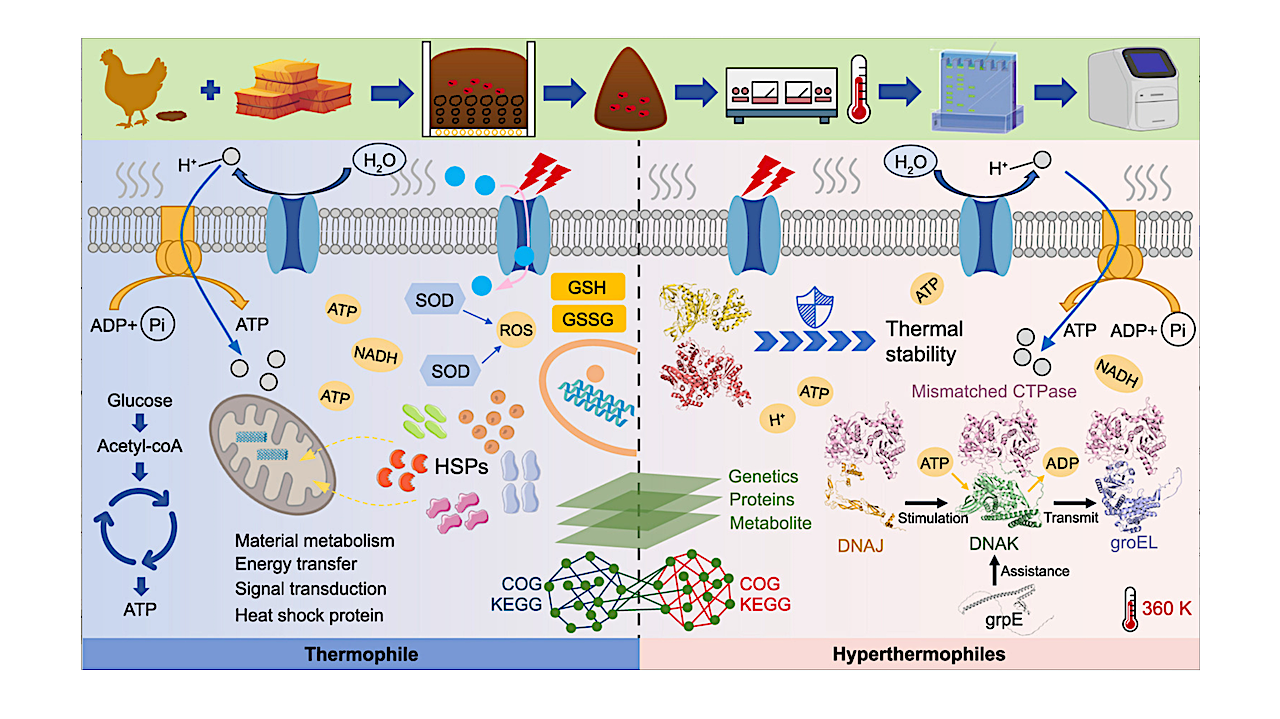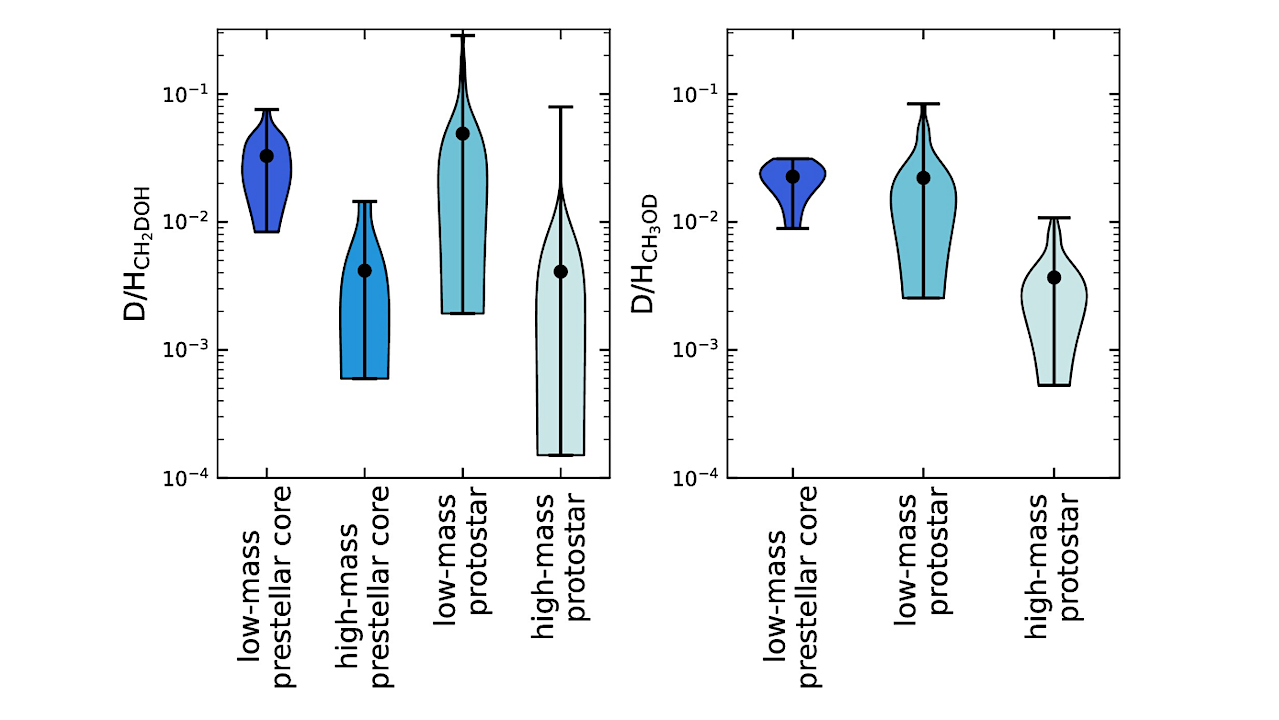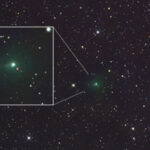Now Reading: Binding Energies of Interstellar Complex Organic Molecules on Water Ice Surfaces: A Quantum Chemical Investigation
-
01
Binding Energies of Interstellar Complex Organic Molecules on Water Ice Surfaces: A Quantum Chemical Investigation
Binding Energies of Interstellar Complex Organic Molecules on Water Ice Surfaces: A Quantum Chemical Investigation

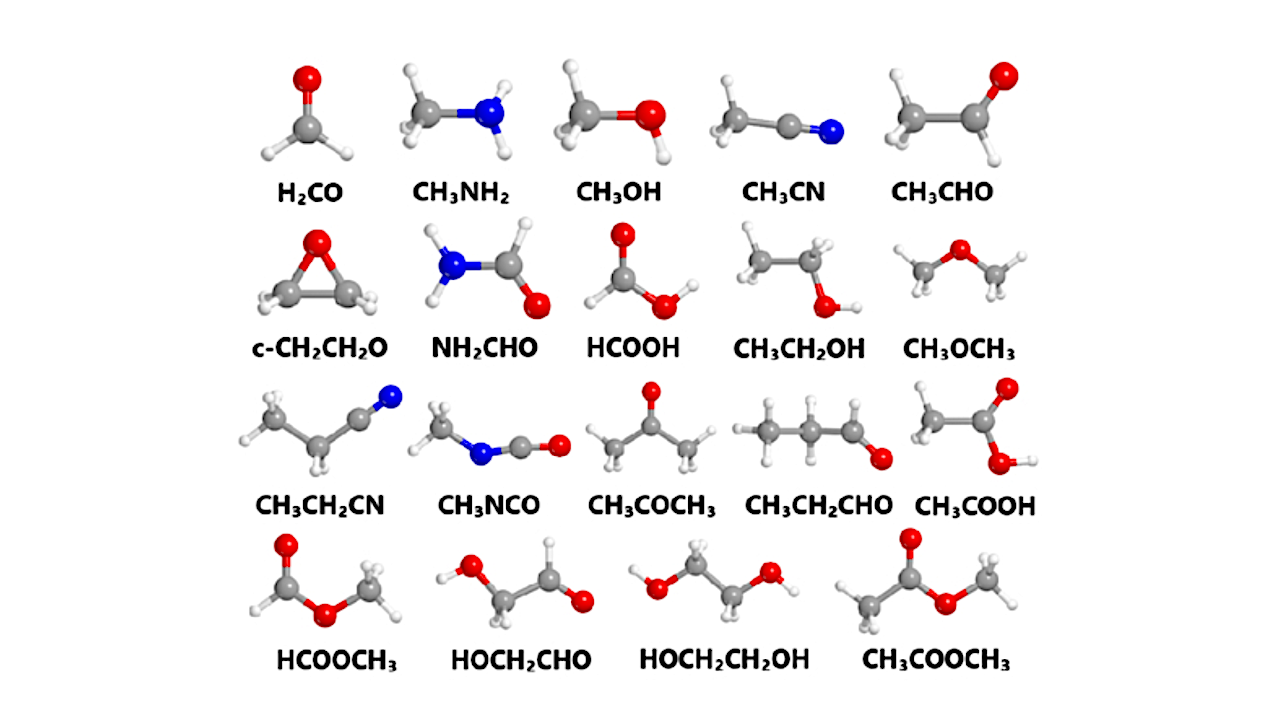
Set of iCOMs considered in this work. Color code: red for oxygen, white for hydrogen, gray for carbon, and blue for nitrogen. — The Astrophysical Journal
Interstellar dust grains are enveloped by ices of frozen molecules in cold, dense regions of the interstellar medium (ISM), which are also observed in the gas phase.
Whether a species is in the solid or gaseous state is governed by its binding energy (BE) on the grains. Hence, BEs are crucial in the solid-to-gas transition and are key input parameters for astrochemical models that simulate the physicochemical processes leading to the evolution of chemistry in the ISM. About 40% of the currently detected interstellar molecules belong to the category of interstellar complex organic molecules (iCOMs).
This work aims to accurately evaluate the BEs of 19 iCOMs by means of quantum chemical calculations. Atomistic surface models simulating the structures of both crystalline and amorphous water ice were employed adopting a periodic approach, thereby accounting for the hydrogen bond (H-bond) cooperativity imparted by the extensive network present in the surfaces.
A cost-effective but reliable procedure based on density functional theory was used to predict the structures of the adsorption complexes and calculate their BEs, which are mainly driven by H-bond and dispersion interactions, the latter presenting a fair contribution.
A final discussion on the astrophysical implications of the computed BEs and the importance of obtaining reliable BEs on realistic interstellar ice surfaces in relation to the snow lines of iCOMs in hot cores/corinos and protoplanetary disks is provided.
Binding Energies of Interstellar Complex Organic Molecules on Water Ice Surfaces: A Quantum Chemical Investigation, The Astrophysical Journal (open access)
Astrobiology, Astrochemistry, Exoplanet,
Stay Informed With the Latest & Most Important News
Previous Post
Next Post
-
 012024 in Review: Highlights from NASA in Silicon Valley
012024 in Review: Highlights from NASA in Silicon Valley -
 02Panasonic Leica Summilux DG 15mm f/1.7 ASPH review
02Panasonic Leica Summilux DG 15mm f/1.7 ASPH review -
 03How New NASA, India Earth Satellite NISAR Will See Earth
03How New NASA, India Earth Satellite NISAR Will See Earth -
 04And Thus Begins A New Year For Life On Earth
04And Thus Begins A New Year For Life On Earth -
 05Astronomy Activation Ambassadors: A New Era
05Astronomy Activation Ambassadors: A New Era -
06SpaceX launch surge helps set new global launch record in 2024
-
 07Space Force plans new ‘Futures Command’ amid pressure to speed up modernization
07Space Force plans new ‘Futures Command’ amid pressure to speed up modernization














